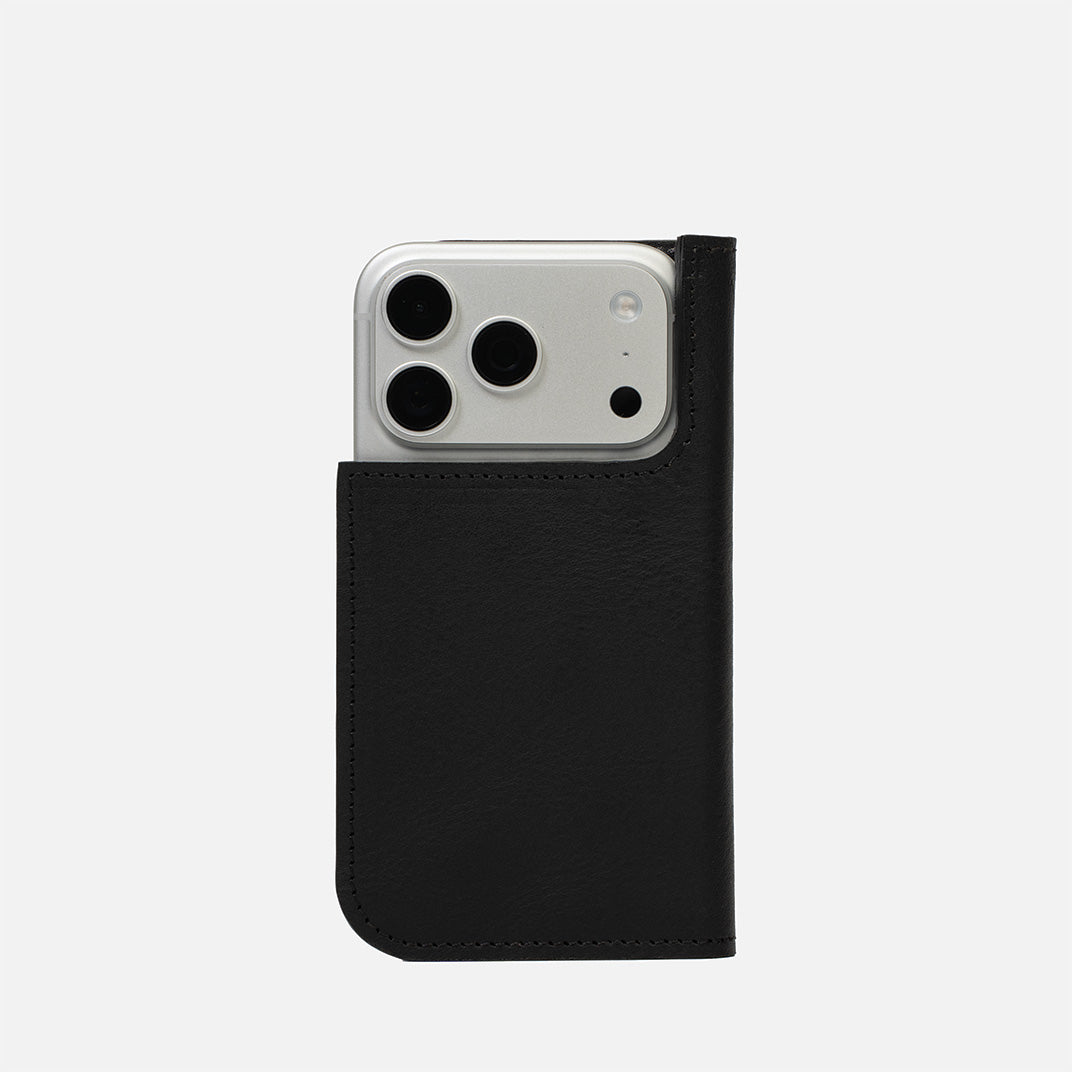Before you can enjoy the seamless connectivity between your iPhone and the Apple Vision Pro, there are several prerequisites that need to be met. Ensuring that your devices meet these requirements is crucial for a successful connection.
Compatible iOS Versions
To connect your iPhone to the Apple Vision Pro, your iPhone must be running iOS 17.2 or later. This version of iOS includes the necessary updates to ensure compatibility with Vision Pro's advanced features, such as spatial computing capabilities and enhanced connectivity options. Ensuring your iPhone's operating system is up to date is the first step in preparing for a connection with Vision Pro.
Required Settings
Both your iPhone and Vision Pro need to have certain settings enabled to facilitate the connection:
- Wi-Fi and Bluetooth:
Both devices must have Wi-Fi and Bluetooth turned on. Vision Pro uses these technologies to communicate with the iPhone, whether for mirroring content or for other interactive functionalities. - AirPlay Settings:
On your iPhone, you need to ensure that AirPlay Receiver (or AirPlay) is activated. This setting is crucial for enabling the mirroring of your iPhone’s display onto Vision Pro. You can find this setting underSettings > General > AirPlay & Handoffon your iPhone.
Network Considerations
Both the iPhone and Vision Pro must be connected to the same Wi-Fi network. This common network is essential for enabling the direct communication between the devices, necessary for real-time data transfer and interaction.
Mirroring Your iPhone on Vision Pro
Here's a step-by-step guide on how to use AirPlay to mirror your iPhone to Vision Pro, along with tips for troubleshooting common issues that might arise during the process.
Step-by-Step Guide to Mirroring Your iPhone
Ensure Compatibility and Settings:
- Confirm that your iPhone is running iOS 17.2 or later and is one of the compatible models.
- Ensure both your iPhone and Vision Pro are connected to the same Wi-Fi network.
- Turn on Bluetooth on both devices for better connectivity.
Enable AirPlay on Your iPhone:
- Go to
Settings > General > AirPlay & Handoff. - Enable the
AirPlay Receiveroption.
Initiate Mirroring from Vision Pro:
- Wear your Vision Pro and access the Control Center by looking up and tapping near the top of your view.
- Tap the
Mirror My Viewbutton which might appear as an icon resembling screens or a broadcast signal. - Your iPhone should appear in the list of available devices. Select it to start mirroring.
Confirm Connection on iPhone:
- Once you select your iPhone from the Vision Pro, you might be prompted on your iPhone to accept the mirroring request.
- You may need to enter a passcode or password which will display on your Vision Pro screen.
Adjust Viewing Settings:
- After connecting, you can adjust the resolution and orientation if needed via the settings on your Vision Pro to optimize the viewing experience.
To Stop Mirroring:
- To discontinue mirroring, revisit the Control Center on your Vision Pro.
- Tap
Stopnext to the View Mirroring option.
Troubleshooting Common Issues
1. Device Not Found or Connection Fails:- Ensure both devices are on the same Wi-Fi network.
- Restart Wi-Fi on both devices and try reconnecting.
- Check if both devices have the latest software updates installed.
2. Laggy or Interrupted Mirroring:
- Check the network strength. Weak Wi-Fi signal can cause poor mirroring performance.
- Close unnecessary apps on your iPhone that might be using excessive bandwidth.
3. Mirroring Stops Unexpectedly:
- Ensure there are no power-saving settings enabled on your iPhone that might affect connectivity.
- Restart both devices to resolve any temporary glitches affecting the connection.
4. Audio Not Mirroring:
- Verify that the audio settings on Vision Pro are set to route audio to the iPhone if you prefer audio to play from your phone's speakers.
- Adjust the volume on both devices to make sure it’s not muted or too low.
Using iPhone Apps on Vision Pro
Apple Vision Pro, equipped with visionOS, allows for a transformative way to experience iPhone apps in a spatial computing environment. This section explains how iPhone apps can function on Vision Pro and discusses which types of apps gain the most from this innovative platform.
Running iPhone Apps on Vision Pro Through visionOS
Vision Pro is not just a standalone device; it integrates smoothly with the broader Apple ecosystem, particularly with iPhone apps, through visionOS. This integration is facilitated by the underlying compatibility of the apps built for iOS with the visionOS framework. Here’s how it works:
- App Compatibility:
Vision Pro can run hundreds of thousands of existing iPhone apps thanks to the shared frameworks between iOS and visionOS. This means that most apps designed for iPhone do not require any modifications to operate on Vision Pro. - Seamless App Integration:
When you use iPhone apps on Vision Pro, they are projected into a three-dimensional space. This spatial presentation allows users to interact with apps in a more immersive and intuitive manner than is possible on traditional 2D screens. - Accessing Apps:
Users can access their favorite iPhone apps on Vision Pro just as they would on their phones. These apps appear alongside newly designed apps for visionOS, providing a familiar yet enhanced user experience.
Types of Apps That Benefit Most from Being Used on Vision Pro
While many apps can run on Vision Pro, certain types stand to gain significantly from the device's unique capabilities:
- Educational and Training Apps:
Apps that benefit from immersive learning environments can transform how users engage with educational content. For instance, medical students can explore anatomy in 3D or history students can walk through historical sites. - Gaming and Entertainment:
Games that leverage the spatial aspects of Vision Pro can offer more engaging and interactive experiences. Similarly, entertainment apps that support AR and VR can provide viewers with new ways to enjoy concerts, movies, and other media. - Productivity and Collaboration Tools:
Apps like Apple's Freeform allow for collaborative work in a virtual space, enabling more dynamic interactions than traditional video calls or online meetings. Productivity apps that utilize spatial data visualization or large-format viewing also benefit significantly. - Fitness and Wellness Apps:
These can take advantage of the spatial and immersive capabilities to guide users through exercises or meditation sessions in a more engaging setup that mimics real-life interactions. - Design and Creativity Apps:
Applications for design, whether graphic, interior, or architectural, can use the spatial rendering capabilities of Vision Pro to allow designers to work within the actual three-dimensional spaces they are creating for.
By enabling iPhone apps to run in an expanded, three-dimensional environment, Apple Vision Pro not only enhances the functionality of these applications but also opens up new possibilities for user interaction and engagement across various domains. Whether for personal use or professional applications, Vision Pro is set to redefine the experience of mobile apps in the era of spatial computing.
Enhanced Connectivity Features
Apple Vision Pro not only brings innovative spatial computing to the forefront but also enhances how users connect and interact with others through advanced features like FaceTime and SharePlay. These features are particularly compelling when used in conjunction with an iPhone, enriching the overall user experience with more immersive and interactive capabilities.
FaceTime on Vision Pro
FaceTime has been reimagined on Vision Pro to take full advantage of the device's spatial computing power, offering users a more engaging way to connect with friends, family, and colleagues:
- Life-Size Interactions:
Vision Pro transforms FaceTime calls by placing participants in life-size video tiles within the user’s virtual space. This setup makes conversations feel as though they are happening in the same room, enhancing the sense of presence and connection. - Spatial Audio:
Complementing the visual experience, Vision Pro utilizes spatial audio to place each person’s voice in alignment with their video tile’s location. This audio arrangement mimics real-life interactions, where the direction of a person’s voice indicates their position relative to the listener, creating a more natural and lifelike conversational experience. - Digital Persona:
For an even more personalized interaction, users can choose to represent themselves using a digital Persona on Vision Pro during FaceTime calls. This feature captures and animates the user's facial expressions and hand movements in real time, providing a dynamic and natural representation even when physically distant.
SharePlay on Vision Pro
SharePlay extends the concept of shared experiences to a new dimension on Vision Pro, allowing users to watch movies, listen to music, or play games together in a shared virtual space:
- Shared Activities:
Whether it’s watching a live sports event, streaming a new movie, or listening to an album, SharePlay syncs the experience across all participants on Vision Pro. Everyone can see and hear the same content simultaneously, just like they would if they were together in person. - Interactive Gaming:
With Vision Pro, gaming via SharePlay becomes a communal activity where players can interact in a common virtual environment. This feature is especially engaging, allowing friends to play games as if they were sitting next to each other, despite being physically apart. - App Integration:
Many third-party apps are integrating SharePlay to allow for shared experiences directly within their platforms. This opens up numerous possibilities for developers to offer unique and collaborative services directly through Vision Pro.




